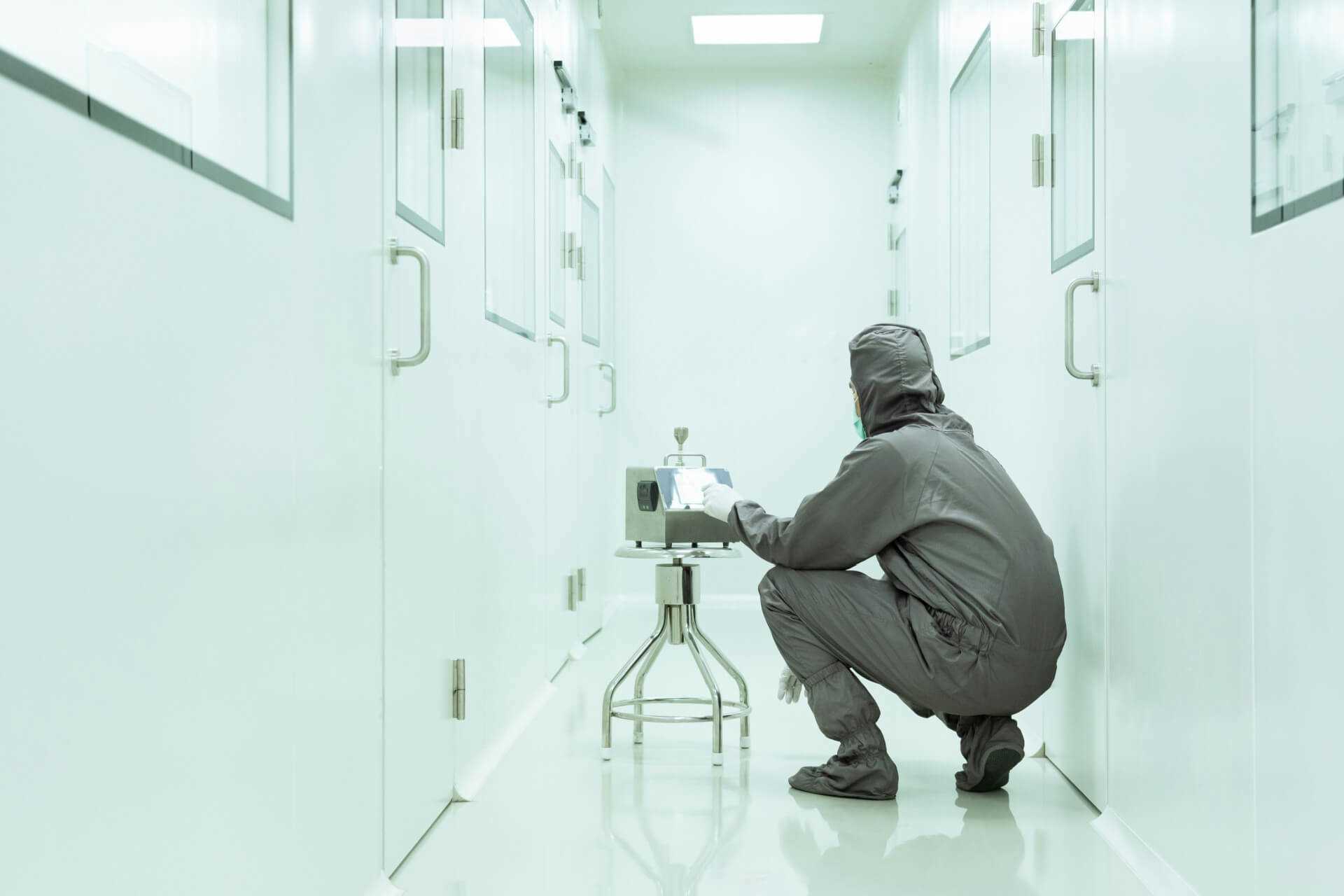
Best Practices for Cleanroom Maintenance
Maintaining a cleanroom involves a rigorous regimen to ensure that it continuously meets the necessary cleanliness standards critical for the success of sensitive industrial processes. This blog post covers the key practices that are fundamental to effective cleanroom maintenance, ensuring operational integrity and compliance.
Routine Cleaning and Disinfection Protocols
Effective cleanroom maintenance starts with a well-defined cleaning schedule that is strictly adhered to by trained personnel. Regular cleaning and disinfection are imperative to prevent contamination. The frequency and extent of cleaning depend on the cleanroom classification and the specific requirements of the operations conducted within. Specialized cleaning agents and equipment are used to achieve the required sterility without damaging the cleanroom infrastructure or interrupting its delicate environmental balance.
Preventive Maintenance of Equipment and Systems
Cleanroom functionality heavily relies on the continuous operation of its HVAC systems, filtration units, and other critical equipment. Preventive maintenance is crucial to avoid unexpected breakdowns that could compromise cleanroom conditions. This includes regular inspections, filter changes, and repairs, all scheduled during times that minimize disruption to cleanroom operations.
Monitoring and Controlling Environmental Conditions
Continuous monitoring of environmental conditions such as temperature, humidity, and particulate levels is crucial. Advanced monitoring systems can provide real-time data that helps maintain conditions within specified limits. Adjustments are made automatically by the control systems or manually by technicians when deviations occur, ensuring that the cleanroom environment is always optimized for its intended use.
Staff Training and Compliance
The human factor plays a significant role in maintaining cleanroom integrity. Comprehensive training for all personnel who enter or work within the cleanroom is essential. This training covers proper gowning procedures, behavior within the cleanroom, and specific cleaning protocols. Regular updates and refresher courses help keep staff aware of the latest practices and compliance requirements.
Documenting Maintenance Activities
Documentation is a critical aspect of cleanroom maintenance. Detailed records of all maintenance activities, cleaning schedules, and system checks help manage the cleanroom's compliance with industry standards. These documents are invaluable during audits and inspections, providing evidence of adherence to protocols and identifying areas for improvement.
Adapting to Technological Advancements
As cleanroom technology evolves, so do the techniques for maintaining them. Staying informed about advancements in filtration technology, cleaning equipment, and environmental monitoring tools can lead to improvements in maintenance practices. Adopting these new technologies can enhance efficiency and effectiveness, reducing costs and environmental impact over time.
Effective cleanroom maintenance requires a comprehensive approach that combines rigorous daily practices with strategic planning and advanced technology. By adhering to these best practices, facilities can ensure that their cleanrooms remain functional, compliant, and ready to meet the demands of the precise environments they are designed to protect.
